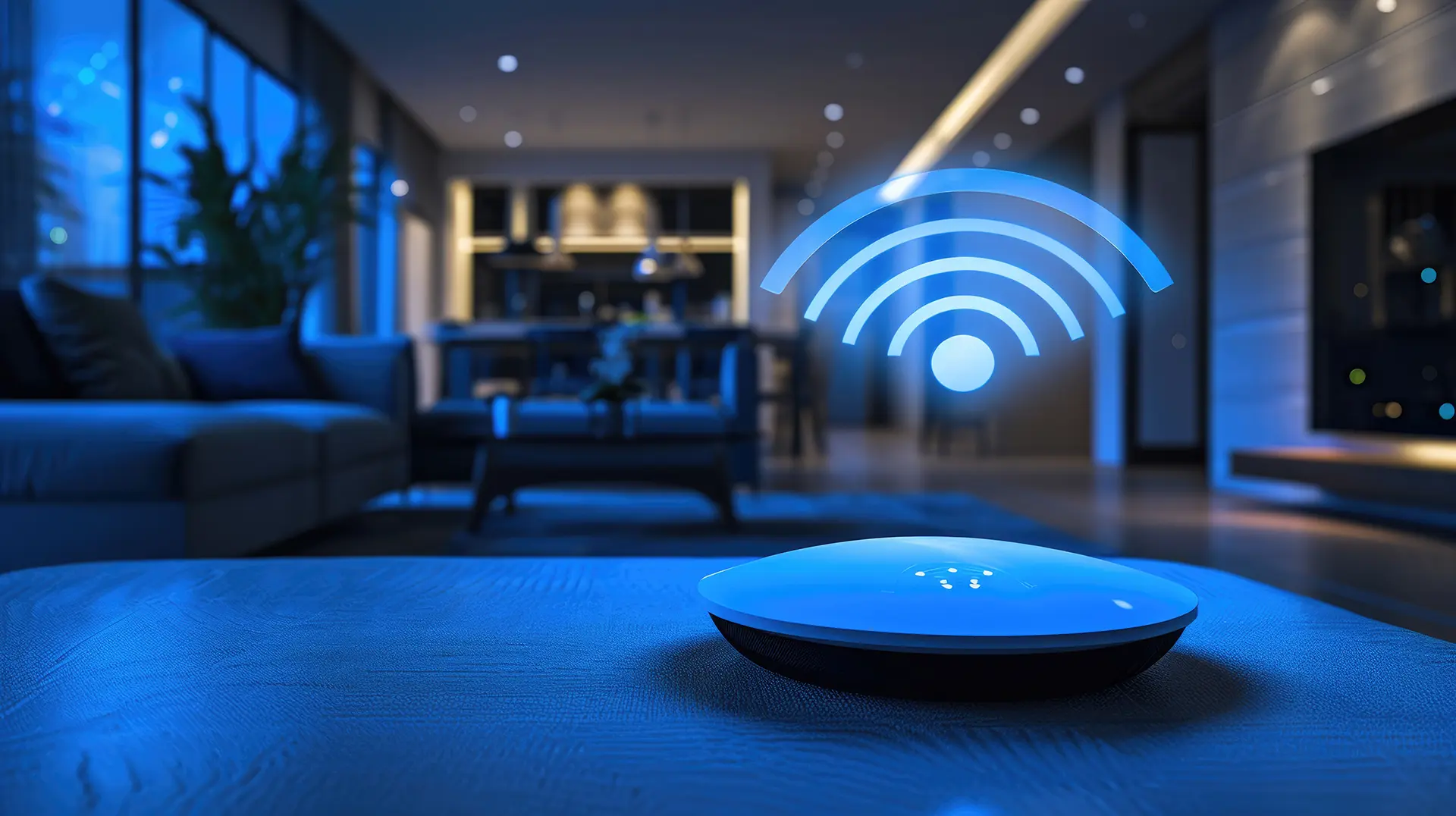Table of Contents
- What does secure Wi-Fi mean?
- How to secure your home wi-fi network
- How to set up secure Wi-Fi on Android?
- Best Wi-Fi protection: additional security measures
- Safeguard your home Wi-Fi network against cyber threats and maintain a secure, private online environment
In an increasingly connected world, protecting your home Wi-Fi network is essential to safeguard your sensitive data and prevent unauthorized access. But what does secure Wi-Fi mean? It means that the network uses advanced security protocols, strong passwords, and proper configurations to maintain privacy and protection against cyber attacks while browsing websites. In this article, we will explore how to secure your home Wi-Fi network and provide practical tips for creating an impenetrable network.
What does secure Wi-Fi mean?
Secure Wi-Fi is a wireless network that prevents unauthorized access and protects transmitted data. This is achieved by implementing various security levels, including encryption protocols, strong passwords, and proper router configurations.
How to secure your home wi-fi network
- Change the default router settings
The first step to having a secure Wi-Fi network is to change the default credentials of the router. Many Wi-Fi routers come with default usernames and passwords that are easy to guess. Access the router control panel through the IP address (usually 192.168.1.1 or 192.168.0.1) and change the username and password.
- Use WPA3 encryption
Encryption is essential for Wi-Fi network protection. WPA3 is the latest security standard that offers enhanced protection compared to WPA2 and WEP. If your router supports WPA3, enable it to ensure the highest level of protection. If your router does not support WPA3, use WPA2, which is still considered secure.
- Create a strong password
A strong password is essential for Wi-Fi protection. It should be long, complex, and difficult to guess. Use a combination of uppercase and lowercase letters, numbers, and special characters. Change the password regularly to maintain security.
- Disable SSID broadcasting
The SSID (Service Set Identifier) is the name of your Wi-Fi network. Disabling SSID broadcasting makes the network less visible to outsiders, reducing the chances of attacks. However, this does not make the network completely invisible to more experienced attackers.
- MAC address filtering
MAC address filtering allows you to control which devices can connect to the network. Each device has a unique MAC address. Add only the MAC addresses of your trusted devices to the router’s access list to prevent unauthorized access.
- Update the router firmware
The router firmware is the software that controls it. Firmware updates often include important security patches. Ensure that your router’s firmware is always up-to-date to protect against known vulnerabilities.
How to set up secure Wi-Fi on Android?
- Use a VPN
A VPN (Virtual Private Network) encrypts your internet connection, making it more difficult for hackers to intercept your data. There are many VPN apps available for Android operating systems that offer additional protection when connecting to public and private Wi-Fi networks.
- Enable advanced security options
Go to your Android device’s Wi-Fi settings and select your network. Ensure that encryption is set to WPA2 or WPA3 and use a strong password for the Wi-Fi connection. Also, enable certificate verification to ensure you are connecting to a legitimate access point.
Best Wi-Fi protection: additional security measures
- Segment the network
Dividing the network into separate segments for different devices can improve security. For example, create a guest network for visitors and a separate network for your smart home devices. This limits access to the main network resources.
- Network monitoring
Use network monitoring tools to keep track of devices connected to the network and suspicious activities. Many modern routers offer integrated monitoring features that allow you to see who is connected to your network and block any intruders.
- Disable WPS
WPS (Wi-Fi Protected Setup) is a feature that simplifies device connections to the network via a physical button on the router. However, this feature can be exploited by hackers to gain access. Disable WPS for additional protection.
- Configure the router firewall
Most Wi-Fi routers include a built-in firewall that can help protect the network from external attacks. Ensure the router firewall is enabled and configure access rules to block unauthorized traffic.
- Use security software
Install security software on all devices connected to the network, including antivirus and anti-malware programs. These programs can detect and remove threats that could compromise network security.
Safeguard your home Wi-Fi network against cyber threats and maintain a secure, private online environment
Securing your home Wi-Fi network requires a multifaceted approach that includes configuring advanced settings, using strong passwords, segmenting the network, and regularly updating firmware. By implementing these measures, you can create an impenetrable Wi-Fi network that protects your sensitive data and ensures your privacy.
A secure Wi-Fi network is essential to prevent cyber attacks such as man-in-the-middle attacks and ensure Wi-Fi connections remain private and protected. Remember, cyber security is an ongoing process: always keep your knowledge and protection tools up-to-date to stay ahead of threats.
